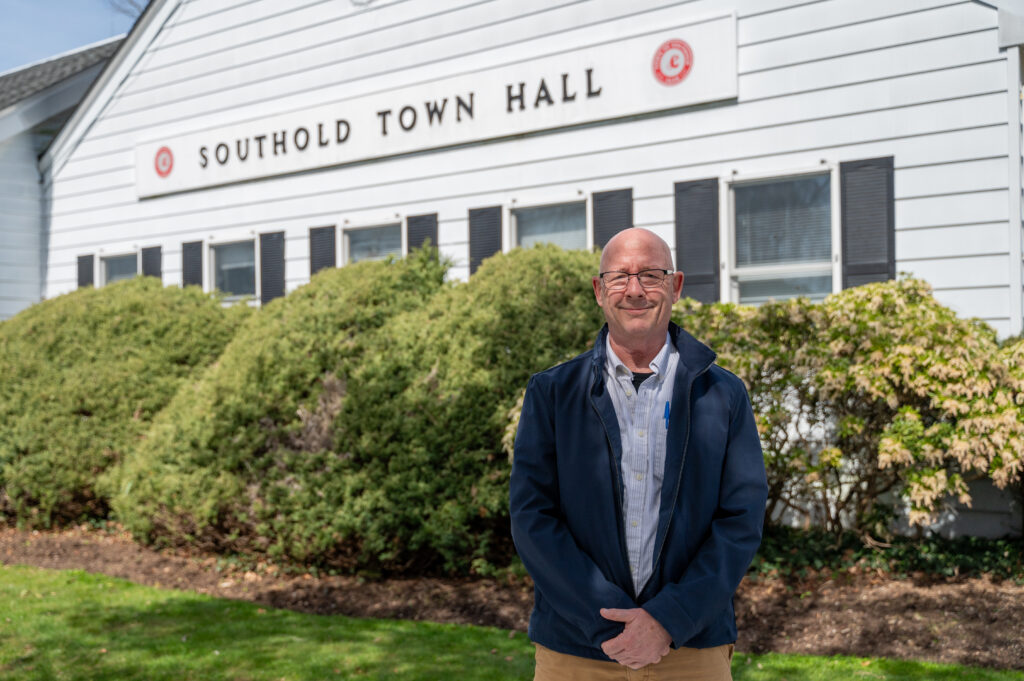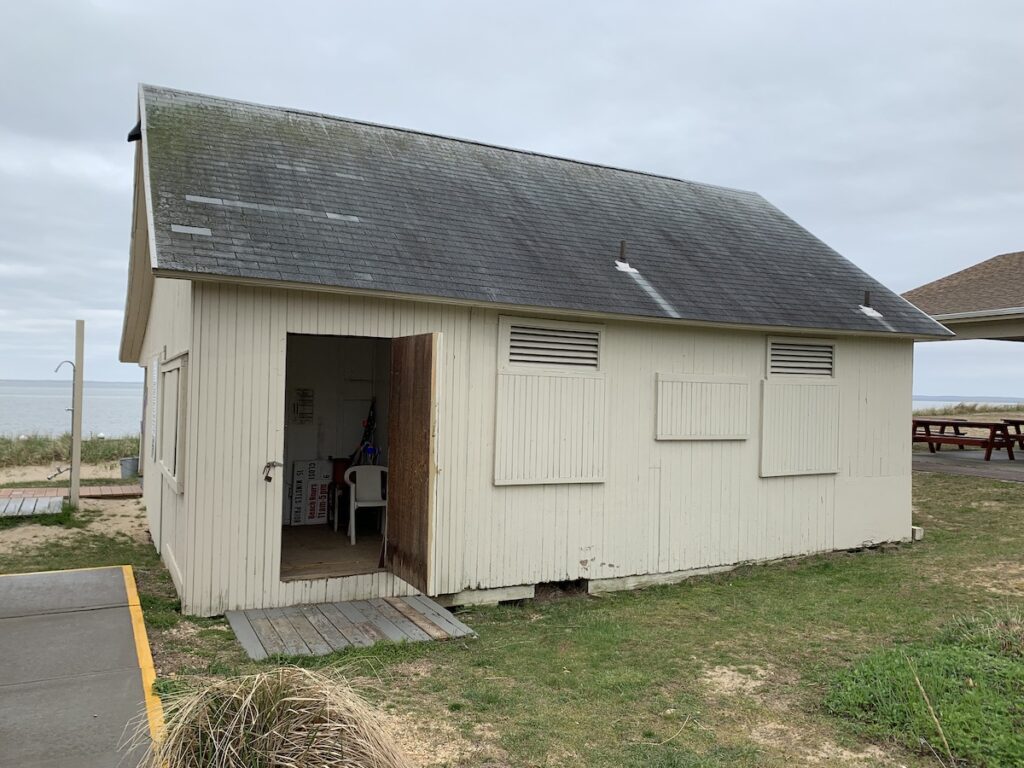Guest Column: Greenport needs to rethink this project

A photo of a man in India standing waist-deep in water was on the front page of The New York Times the morning after the Greenport Village Trustees meeting on Monday evening, Nov. 25.
“Climate change and misguided policies are upending the country’s relationship to a precious resource,” the photo’s caption read.
The night before at the village fire hall, neighbors had gathered to voice concerns over the new development beginning on the waterfront property at the end of Sterling Avenue.
Some may remember the fish factory that once sat on this magnificent piece of the earth beside the channel to Stirling Basin. The factory was a one- and two-story concrete structure tied to the marine life of the community. People from the village who worked there generally walked to work. If the factory flooded, the water washed through and over its cement floor, which could be easily hosed down in the aftermath. One neighbor pointed out that solid-based buildings — like those going up now on that property — displace flood water, sending it farther up the street and into basements and homes.
Those of us here for Superstorm Sandy can remember that empty lot under several feet of water, which makes sense because it is in a floodplain, AE 6, according to the 2009 FEMA map on the Greenport Village website. A jagged line running through the center of the property indicates the “limit of moderate wave action.” What this means is the first floor of anything built here should be six feet above the base flood plain. “Moderate wave action” could bring the water 1 1/2 feet above that required 6-foot elevation for the first floor.
At a public meeting in May, the current owner and developer showed off plans for the single-family condos he hoped to construct on the lot. But then, perhaps deterred by the hurdles faced in the approval process, the developers returned to plans of the former owner, approved 12 years ago. They call for a three-story, 45,000-square-foot commercial development with condominiums on the second and third floor. Five of the 17 units were to be affordable housing.
Let me state for the record, I am not anti-development. I understand that these issues are never black and white. Greenport certainly can use the tax revenue new construction brings. The property is zoned waterfront commercial and the village’s participation in the NYS Waterfront Revitalization program brings land-use restrictions — which is one of the reasons the land has sat idle for some two decades.
This does not, however, excuse the haste with which this project approved so long ago has been resurrected and construction begun. The notion that our government officials had no choice but to issue a building permit for 12-year-old plans seems suspect. Changes in the environment alone — the rising sea levels for starters — should make it imperative that the new owners secure an up-to-date wetlands permit and a current environmental impact statement.
Good planning and architecture and careful building do involve a time investment which costs the developer money — but there is no substitute for construction done wisely, in harmony with the community and its needs, particularly on the waterfront and on the border of a residential historic district. There are numerous ways to make this prime piece of waterfront property functional, attractive, and profitable.
Why the hurry?
The waterfront is our most precious resource here in Greenport. Villagers must rely on our elected officials to protect this relationship for the future.
The author lives in Greenport.








